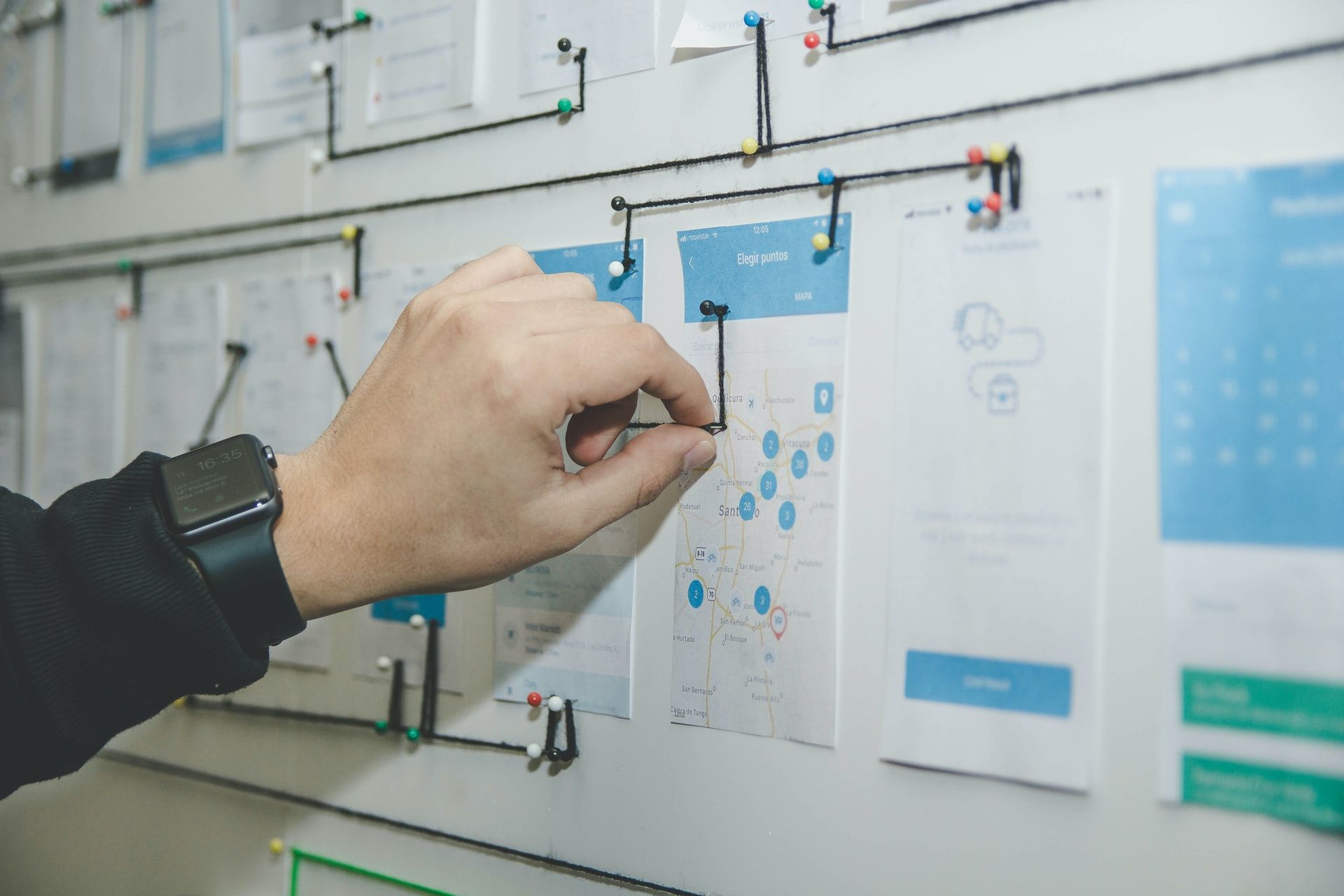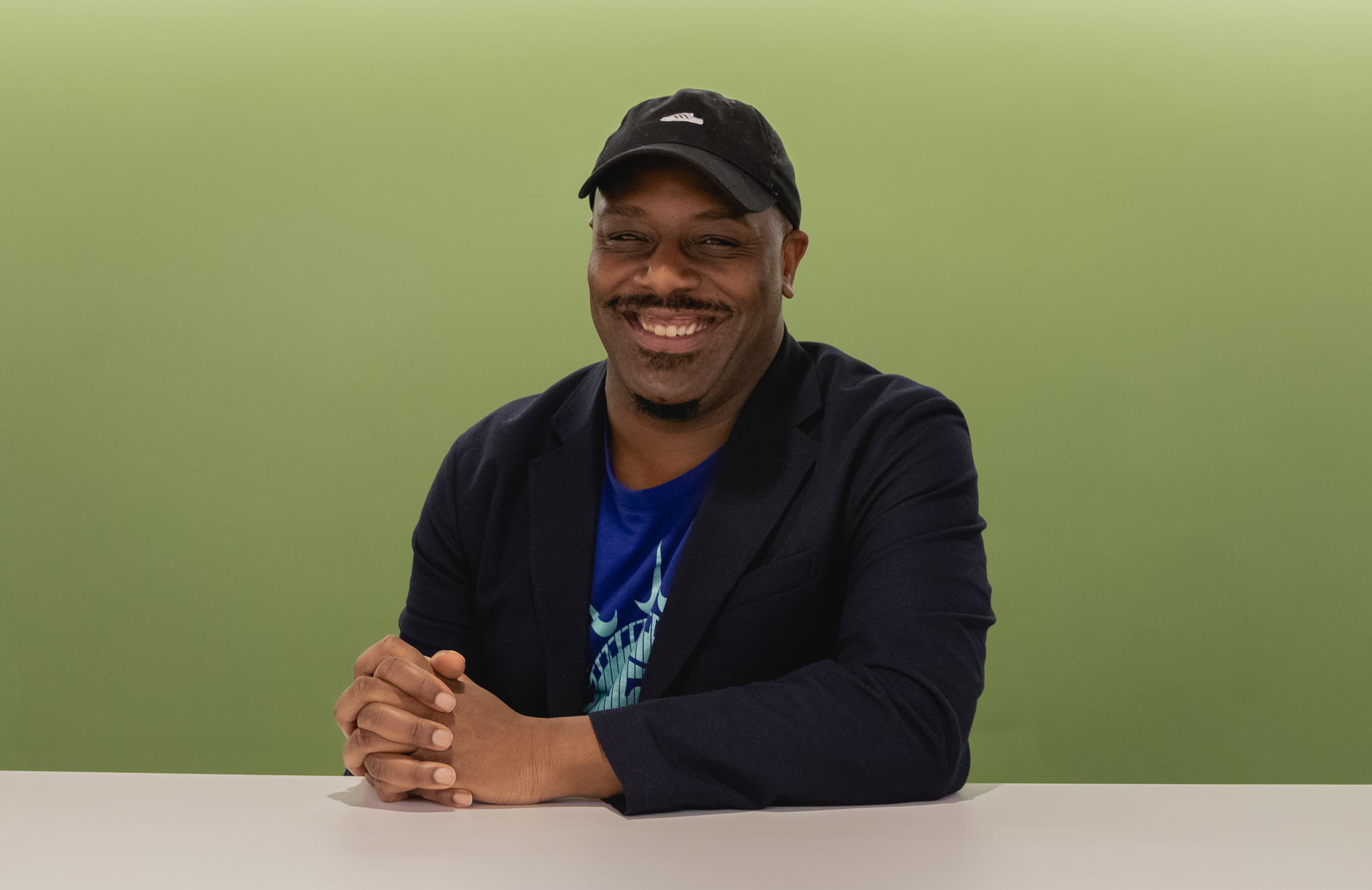Rapid Prototyping
What we learned about rapid prototyping from Tom Chi was the importance of working with actuals rather than conjectures. Guessing will not take us very far. We actually need to build something tangible to test whether something will work or not.

Experiments in Community Building
With the Buckminster Fuller Institute, in Trimtab Space Camp and in the Design Science Studio, we learned about rapid prototyping and world building.
These are areas that I have had experience with in web design and development. My technological experiments resulted in changes that transformed the business model of the web agency I had been working for.
The challenges we face are far greater than the problems our agency had tasked us with. I left that agency at the end of 2012 to learn how to engage in the process of community building. I had a lot to learn. I learned about teaching, mentoring, and communication. I experimented with online education platforms. One of the most important things that I have learned is to connect to existing networks of people who share similar values and goals. With the Buckminster Fuller Institute and in the Design Science Studio, we joined a community to learn tools to shape the future through ontological design, including rapid prototyping and world building.
Prototyping and Testing
What we learned about rapid prototyping from Tom Chi was the importance of working with actuals rather than conjectures. Guessing will not take us very far. We actually need to build something tangible to test whether something will work or not.
Backcasting
When we were learning about world building with Tony Patrick, we experienced the process of imagining a future and backcasting from that future the steps to take to bring that vision into reality.

Hypothesis
Consider this website as a design experiment in community building. The hypothesis is that we can quickly learn a new tool that can allow us to collaborate and write together to consider how we might make a world that works for 100% of life. A group blog could be a way to collect thoughts, stories, experiments, and documentation about ideas, designs, events, workshops, and projects. By documenting the process together, we could have a record of the experiments, the mistakes, the failures, and the successes and what we learned through the process. We are applying the scientific method to the process of creativity, learning by doing.
Experiment
The experiment involves a website using Ghost, hosted on DigitalOcean to reduce the initial costs for a project that allows several authors to work together on building the site together. The authoring environment is very similar to Medium, but also allows us to gather a team, invite members, send out email messages, and collect funds through a Stripe account.
Testing
The testing criteria will depend on what we want to learn from this experiment. My reason for building this experiment is to discover whether we can coordinate our actions in such a way that we can build and replicate a model that can be shared with other groups who would like to build local communities with a global impact.
Results
As a result of this experiment, we hope to build a strong, healthy, and effective community that is demonstrating what is possible when we focus on the health of individuals, communities, bioregions, and living systems of the planet.
World Building
Join us to explore how we imagine, design, and build the future together. Subscribe to learn more about how you can get involved.